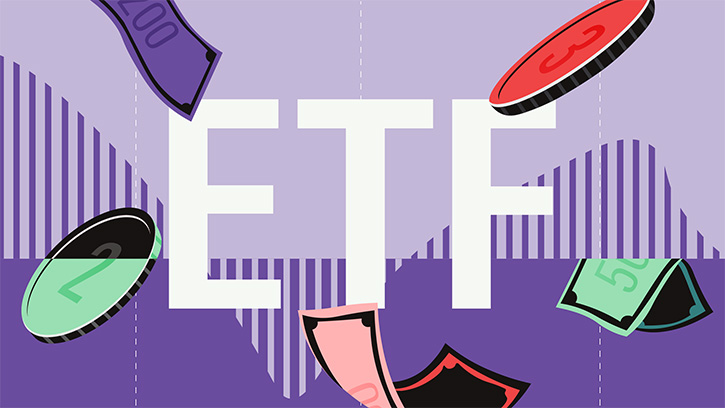
The growing popularity of exchange-traded funds means that investors now have tens of thousands of trackers to choose from. But where to start? Considerations including assets under management, tracking error, charges and the track record of the fund group. But with hundreds of ETF all promising to track the same market, picking a fund can seem an impossible task.
In a new series, Morningstar associate director of ETF research Jose Garcia Zarate takes an in-depth look at some of the biggest ETF providers in the market. This week we investigate Invesco.
Invesco made the leap from niche provider to major player with its acquisition of Source in 2017; the firm is now the eighth-largest ETF provider in Europe, with a 2.7% market share as of March 2019. The firm has a 113-strong range of ETFs covering all major asset classes.
The subsequent integration appears to have been undertaken with relative ease. This owes partly to the lack of overlap between the PowerShares and Source product lines but also to the unique management structure at Source. All Source ETFs were managed externally, and therefore the day-to-day running of the funds has continued undisturbed while ownership has changed to Invesco.
While all Invesco ETFs can benefit from the brand and distribution networks of Invesco, the external management arrangement in place for some of its funds means that they cannot fully benefit from enhanced operational efficiencies and economies of scale gained by being part of one of the world’s largest asset managers. Should Invesco choose to in-house them in future, then a wholesale migration may be a little more challenging.
As part of the Source takeover, Invesco acquired ETFs that are joint ventures with rival asset managers (such as PIMCO). These products remain part of the Invesco lineup, but question marks hang over their long-term ownership.
We view positively the firm’s recent initiative to build out its in-house ETF management capabilities. New funds can now be launched using physical replication using the internal management team or on the synthetic platform, managed externally by Assenagon Asset Management.
Stewardship Efforts are Limited
Products are predominately synthetically replicated, although it also offers physically replicated and actively managed ETFs.
Invesco’s physical ETFs are managed by teams based in London and the US. The day-to-day investment management of all its synthetic ETFs, however, is outsourced to Assenagon Asset Management, a third-party financial asset and risk manager, specialising in passive and structured investment solutions. Assenagon currently has a team of seven portfolio managers supported by six professionals in operational roles working on Invesco ETF projects in Munich and Luxembourg.
For equity ETFs, portfolio managers employ full replication where possible and cost-effective to do so. For fixed-income ETFs, stratified sampling is commonly employed to ensure tight tracking at low cost.
Invesco’s Global Responsible Investment team was formed in 2013 and employs eight people. Split between Houston, Hyderabad (India), and London, the team supports portfolio managers in their ESG integration, voting, and engagement efforts. The firm engaged with approximately 900 companies in 2018.
But the prevalence of synthetic ETFs in Invesco's line-up limits the impact of the firm's investment stewardship programme. By not holding the index constituents, Invesco's synthetic ETFs forego their voting rights and dampen Invesco's efforts to influence and effect change through engagement.
You can find the full report in "A Guided Tour of the European ETF Marketplace" here.
Read our analysis of iShares here and about Lyxor here and about Vanguard here.



























